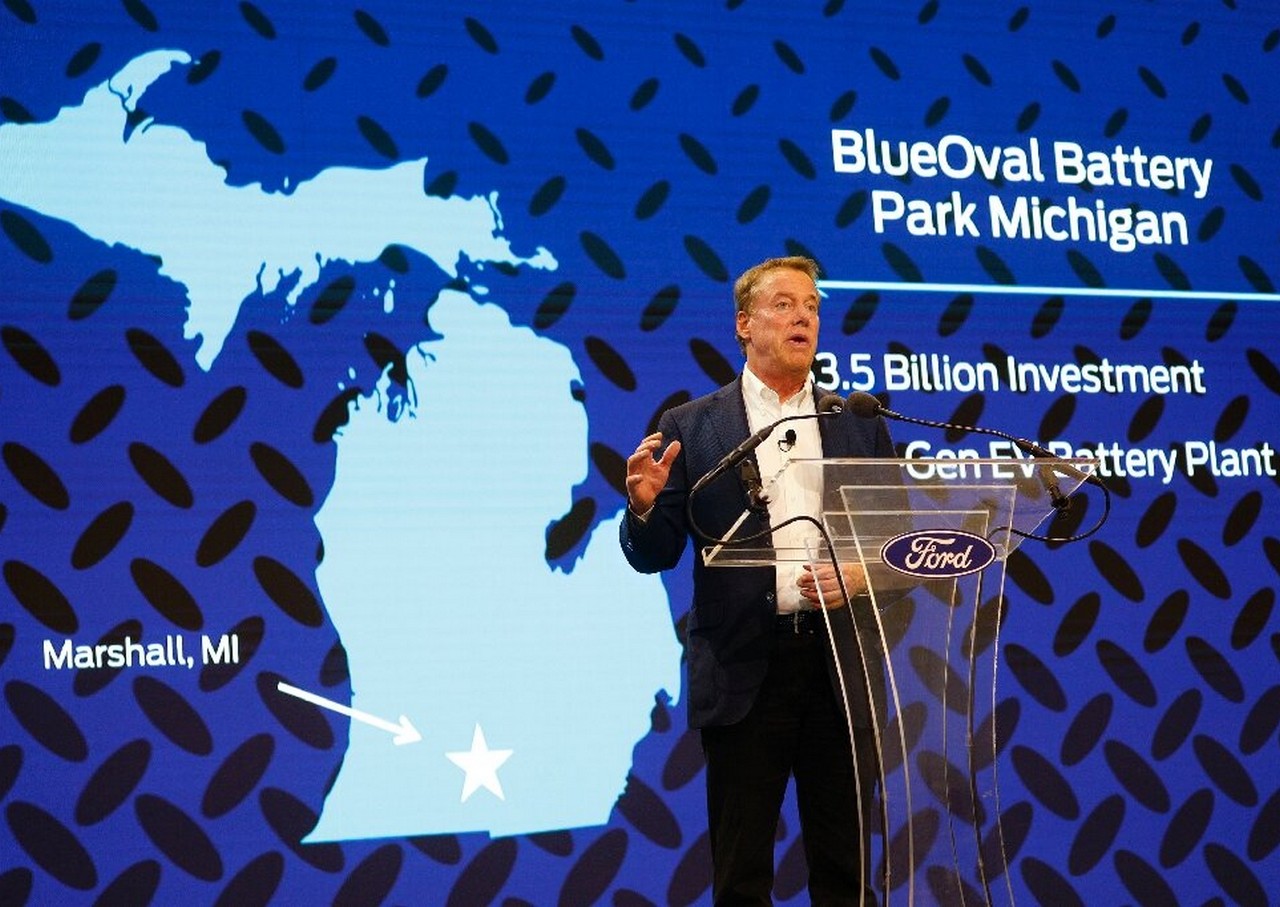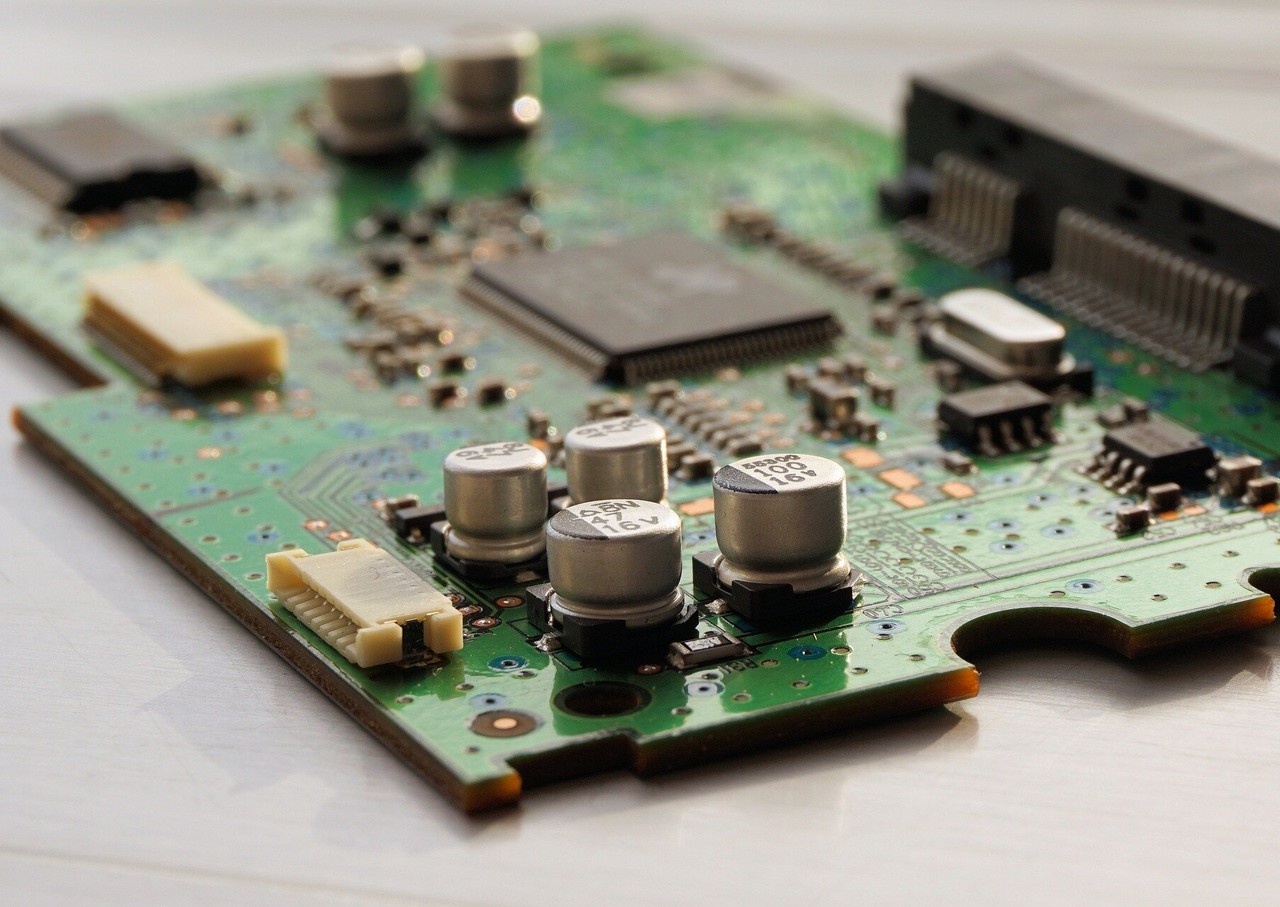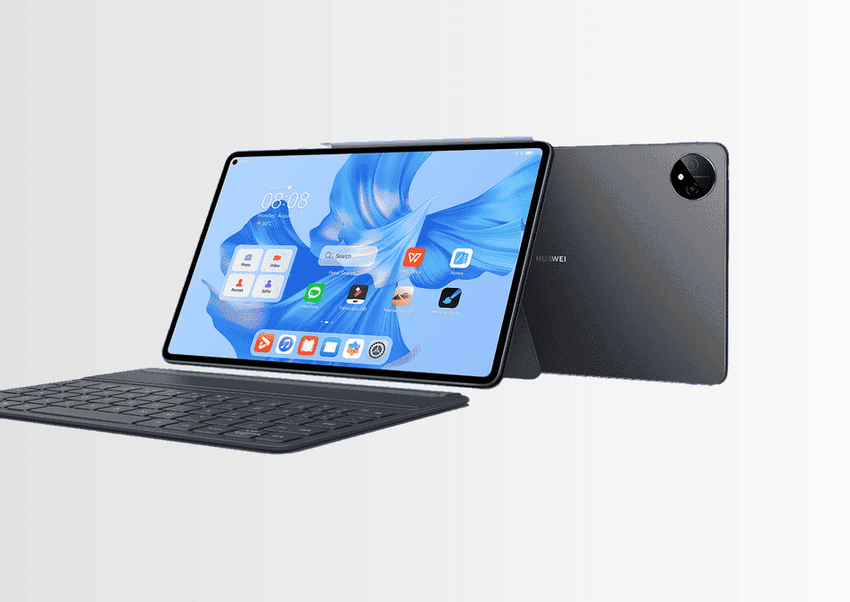When Liu He, a Chinese language economist, politician, and “chip czar,” was tapped to guide the cost in a chipmaking arms race with the USA, his message lingered within the air, abandoning a dewy glaze of rigidity: “For our nation, know-how isn’t just for progress… it’s a matter of survival.”
As soon as upon a time, the USA’ early technological prowess positioned the nation to outpace international rivals and domesticate a aggressive benefit for home companies. But, 30 years later, America’s lead in superior computing is continuous to wane. What occurred?
A brand new report from an MIT researcher and two colleagues sheds gentle on the decline in U.S. management. The scientists checked out high-level measures to look at the shrinkage: total capabilities, supercomputers, utilized algorithms, and semiconductor manufacturing. By their evaluation, they discovered that not solely has China closed the computing hole with the U.S., however almost 80% of American leaders within the discipline consider that their Chinese language opponents are bettering capabilities sooner—which, the workforce says, suggests a “broad risk to U.S. competitiveness.”
To delve deeply into the fray, the scientists carried out the Superior Computing Customers Survey, sampling 120 top-tier organizations, together with universities, nationwide labs, federal companies, and trade. The workforce estimates that this group contains one-third and one-half of all probably the most important computing customers in the USA.
“Superior computing is essential to scientific enchancment, financial progress and the competitiveness of U.S. firms,” says Neil Thompson, director of the FutureTech Analysis Undertaking at MIT’s Laptop Science and Synthetic Intelligence Laboratory (CSAIL), who helped lead the research.
Thompson, who can also be a principal investigator at MIT’s Initiative on the Digital Financial system, wrote the paper with Chad Evans, govt vp and secretary and treasurer to the board on the Council on Competitiveness, and Daniel Armbrust, who’s the co-founder, preliminary CEO, and member of the board of administrators at Silicon Catalyst and former president of SEMATECH, the semiconductor consortium that developed trade roadmaps.
The semiconductor, supercomputer, and algorithm bonanza
Supercomputers—the room-sized, “large calculators” of the {hardware} world—are an trade not dominated by the USA. By 2015, about half of probably the most highly effective computer systems have been sitting firmly within the U.S., and China was rising slowly from a really gradual base. However up to now six years, China has swiftly caught up, reaching close to parity with America.
This disappearing lead issues. Eighty-four % of U.S. survey respondents mentioned they’re computationally constrained in working important applications. “This end result was telling, given who our respondents are: the vanguard of American analysis enterprises and educational establishments with privileged entry to superior nationwide supercomputing assets,” says Thompson.
Close to superior algorithms, traditionally, the U.S. has fronted the cost, with two-thirds of all important enhancements dominated by U.S.-born inventors. However in latest many years, U.S. dominance in algorithms has relied on bringing in international expertise to work within the U.S., which the researchers say is now in jeopardy. China has outpaced the U.S. and lots of different international locations in churning out Ph.D.s in STEM fields since 2007, with one report postulating a near-distant future (2025) the place China can be house to just about twice as many Ph.D.s than within the U.S. China’s rise in algorithms will also be seen with the “Gordon Bell Prize,” an achievement for excellent work in harnessing the facility of supercomputers in assorted functions. U.S. winners traditionally dominated the prize, however China has now equaled or surpassed People’ efficiency up to now 5 years.
Whereas the researchers be aware the CHIPS and Science Act of 2022 is a important step in re-establishing the inspiration of success for superior computing, they suggest suggestions to the U.S. Workplace of Science and Expertise Coverage.
First, they counsel democratizing entry to U.S. supercomputing by constructing extra mid-tier programs that push boundaries for a lot of customers, in addition to constructing instruments so customers scaling up computations can have much less up-front useful resource funding. In addition they advocate rising the pool of innovators by funding many extra electrical engineers and laptop scientists being skilled with longer-term US residency incentives and scholarships. Lastly, along with this new framework, the scientists urge profiting from what already exists, by way of offering the personal sector entry to experimentation with high-performance computing by way of supercomputing websites in academia and nationwide labs.
All that and a bag of chips
Computing enhancements rely upon steady advances in transistor density and efficiency, however creating strong, new chips necessitate a harmonious mix of design and manufacturing.
Over the past six years, China was not often called the savants of noteworthy chips. The truth is, up to now 5 many years, the U.S. designed most of them. However this modified up to now six years when China created the HiSilicon Kirin 9000, propelling itself to the worldwide frontier. This success was primarily obtained by way of partnerships with main international chip designers that started within the 2000s. Now, China now has 14 firms among the many world’s high 50 fabless designers. A decade in the past, there was just one.
Aggressive semiconductor manufacturing has been extra combined, the place U.S.-led insurance policies and inside execution points have slowed China’s rise, however as of July 2022, the Semiconductor Manufacturing Worldwide Company (SMIC) has proof of seven nanometer logic, which was not anticipated till a lot later. Nonetheless, with excessive ultraviolet export restrictions, progress beneath 7 nm means home know-how growth could be costly. At present, China is barely at parity or higher in two out of 12 segments of the semiconductor provide chain. Nonetheless, with authorities coverage and investments, the workforce expects a whopping improve to seven segments in 10 years. So, for the second, the U.S. retains management in {hardware} manufacturing, however with fewer dimensions of benefit.
The authors advocate that the White Home Workplace of Science and Expertise Coverage work with key nationwide companies, such because the U.S. Division of Protection, U.S. Division of Vitality, and the Nationwide Science Basis, to outline initiatives to construct the {hardware} and software program programs wanted for vital computing paradigms and workloads important for financial and safety targets. “It’s essential that American enterprises can get the good thing about sooner computer systems,” says Thompson. “With Moore’s Legislation slowing down, the easiest way to do that is to create a portfolio of specialised chips (or “accelerators”) which might be personalized to our wants.”
The scientists additional consider that to guide the subsequent era of computing, 4 areas have to be addressed. First, by issuing grand challenges to the CHIPS Act Nationwide Semiconductor Expertise Middle, researchers and startups could be motivated to put money into analysis and growth and to hunt startup capital for brand spanking new applied sciences in areas akin to spintronics, neuromorphics, optical and quantum computing, and optical interconnect materials. By supporting allies in passing comparable acts, total funding in these applied sciences would improve, and provide chains would grow to be extra aligned and safe. Establishing take a look at beds for researchers to check algorithms on new computing architectures and {hardware} would supply an important platform for innovation and discovery. Lastly, planning for post-exascale programs that obtain greater ranges of efficiency by way of next-generation advances would be sure that present industrial applied sciences do not restrict future computing programs.
“The superior computing panorama is in fast flux—technologically, economically, and politically, with each new alternatives for innovation and rising international rivalries,” says Daniel Reed, Presidential Professor and professor of laptop science and electrical and laptop engineering on the College of Utah. “The transformational insights from each deep studying and computational modeling rely upon each continued semiconductor advances and their instantiation in vanguard, large-scale computing programs—hyperscale clouds and high-performance computing programs. Though the U.S. has traditionally led the world in each superior semiconductors and high-performance computing, different nations have acknowledged that these capabilities are integral to twenty first century financial competitiveness and nationwide safety, and they’re investing closely.”
The paper is being revealed by the Georgetown Public Coverage Overview.







